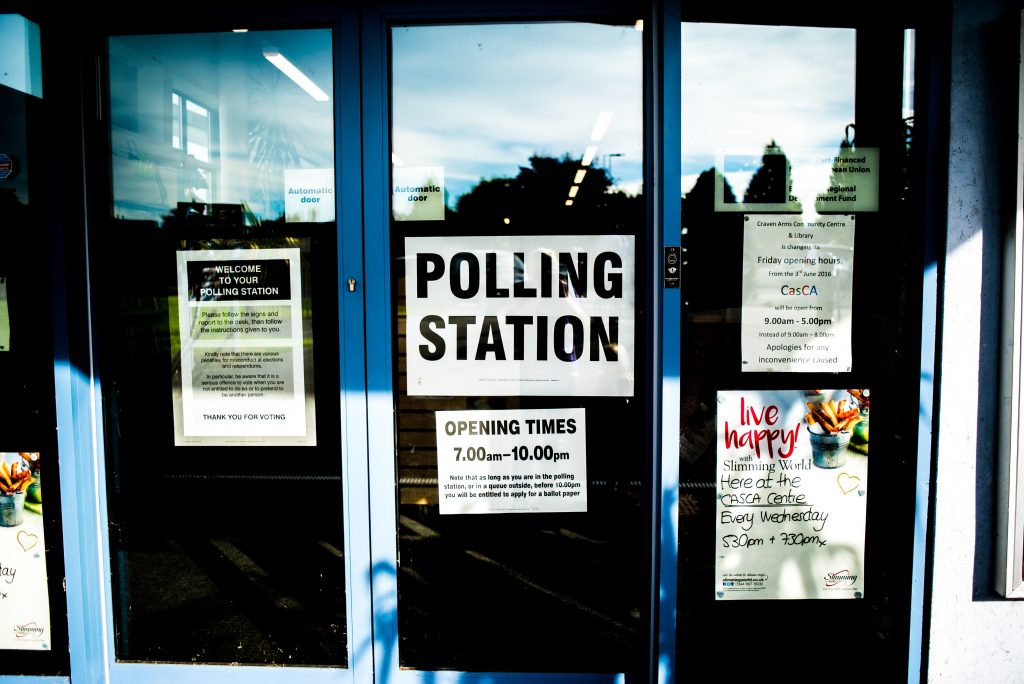Positive discrimination is direct action in favour of someone in a marginalised group.
Some examples include:
- An employer ensuring 50% of their new hires are women.
- Hiring someone in an ethnic minority group simply to increase your diversity statistics.
- Setting quotas of places within a university for ethnic minority students.
It’s meant to help fight against the structural inequalities in our society. Sexism is one of the institutional problems it attempts to work against. Women have historically faced more difficulties than men in accessing job opportunities. So maybe it makes sense to use positive discrimination to level the playing field.
But positive discrimination is controversial. As the title suggests, it still counts as discrimination. And many argue that it doesn’t address the underlying issues that make being a woman hard in the first place.
So should positive discrimination be used in the UK? And if so, how can it work? This article will focus on women in politics and the workplace to answer this question.

The UK’s Law on Positive Discrimination
Positive discrimination is currently illegal under the 2010 Equality Act.
The Act lists 7 protected characteristics:
- Age
- Disability
- Gender reassignment
- Marriage and civil partnership
- Pregnancy and maternity
- Race
- Religion or belief
- Sex
- Sexual orientation
In the UK, you can’t treat someone differently just because of one of these characteristics. That means discrimination against women is illegal. But you can’t discriminate in favour of them either.
There are some exceptions to this rule though. For example, the Act states that positive discrimination is allowed when selecting candidates for a political party ‘to reduce inequality in the party’s representation’. That’s why all-women shortlists of MP candidates are allowed But in general, positive discrimination is not legal in the UK.
Why Positive Discrimination is Considered and Discussed
Positive discrimination is as controversial as it is in modern society because it involves treating someone differently based on factors which shouldn’t impact how well they can do the job. Surely it’s unfair if someone loses out on a position simply because they’re a man.
But if you look at the problem positive discrimination is trying to solve, it starts to make sense. The fact is, women are still under-represented in many industries in the UK. From politics to business to STEM, women (especially women of colour) have found it much harder to breach these male dominated sectors.
The reasons behind this are multiple, complex and varied. But often, the lack of gender diversity in an industry creates a self-perpetuating cycle. Male-dominated industries can be very intimidating for women. One reason for this is the ‘laddish’ culture of misogyny that women often must put up with in these industries, such as hazing. This is all too clear from the fact that there are higher levels of sexual harassment in male-dominated industries than in mixed gender environments.
Another reason for women’s under-representation is unconscious biases against women. The continuing lack of diversity in these industries only strengthens the stereotype that white men are more of a natural fit for the job-when in reality, they are no better or worse than women or people of colour.
This idea becomes an unconscious bias in many of our heads. So even if a recruiter believes themselves to be a feminist, they might still have unconscious biases that make them subconsciously favour men – especially white men – over women. This feeds into every recruitment decision.
So why is the lack of gender diversity a problem? Well, the ideal of Britain as a meritocracy is at stake. If white men generally find it easier than other demographics to get the job they want, regardless of talent or effort, then the system is not built on merit at all, but instead privilege.
But there’s another pressing reason we need to solve the issues surrounding the lack of diversity. Turns out, having more women in positions where they have historically been under-represented is good for everyone, not just for the women being employed currently. Studies have shown that diverse workforces are quite frankly better at doing their jobs than teams made up of only white men. They’re better at making decisions, they’re more likely to fully understand their customers’ needs, and they’re more innovative when coming up with new ideas.
So, lack of gender diversity is clearly a problem in many industries in the UK. Fixing this problem would not only make a fairer society, but it would also make a more productive one.

Case study: getting women into politics
All-women shortlists for MP candidates is an example of positive discrimination. (This is the exception in the Equality Act that we mentioned earlier.) In the 90s, Labour introduced the policy of all-women shortlists for at least half of ‘winnable’ seats in general elections – so no men could apply to be the candidate for these seats anymore. This was a bid to increase the low proportions of women in the Labour party, after other measures failed to make a difference.
If the goal was to increase the number of women in Parliament, the policy has worked remarkably well. In 1997, the first election it was used in, the number of women in Parliament doubled. And from the 1992 election (before it was introduced) up until now, the number of women in Parliament has risen from less than 10% of MPs to 34% today.
But some argue the policy opened the door to unqualified women who might be less suited to the job than their male counterparts. Could cutting out men from applying disrupt the process of and discredit the validity of meritocracy?
Research shows otherwise. In fact, the hard cold statistics you can find on the matter show all-women shortlists actually help improve meritocracy. Women elected from all-women shortlists tend to be more experienced than other MPs, male or female. There is also no evidence to suggest they are less competent at their jobs. Analysis based on parliamentary activities including asking questions, speaking in debates, and responding to constituents shows that they’re just as competent (if not more) as other MPs, both male and female, from all parties.
Additionally, the policy seemed to help promote racial diversity too. BAME candidates were much more likely to be selected as candidates in constituencies with all-women shortlists than constituents without this policy. Breaking the stereotype of the white man as the only eligible candidate promotes diversity in more than one way.
So, at least in the case of all-women shortlists in politics, positive discrimination does have its intended effect. It remains controversial and has been charged with giving women a leg up whether they deserve it or not. But in reality, all-women shortlists simply level the playing field. Where well-qualified and competent women used to be entirely overlooked, they have finally been given a shot to prove themselves competent. And it turns out they’re pretty damn competent.
Positive Discrimination is Not the Only Answer – But It’s a Starting Point
Positive discrimination doesn’t solve all the underlying problems that make being a woman in this society hard to begin with. For example, women are still expected to take on more home-making and childcare responsibilities. And this is acting as a barrier to many women progressing in their careers. There’s more work to be done in breaking these stereotypes, as well as putting in measures that enable working mothers, such as childcare facilities.
That means we can’t just congratulate ourselves on a job well done and leave once we’ve implemented positive discrimination. There is more work to be done.
But positive discrimination could be a good start on the road towards equality. As all-women shortlists have shown, it might be the one thing that works in areas that have proved impossible for women to penetrate otherwise.
Hopefully, we will one day live in a society where positive discrimination isn’t needed any more, and discrimination of any kind will be genuinely unacceptable. But today is not that day. The barriers facing women in the workplace today need to be surmounted. And positive discrimination might be the most effective way to start doing this.
